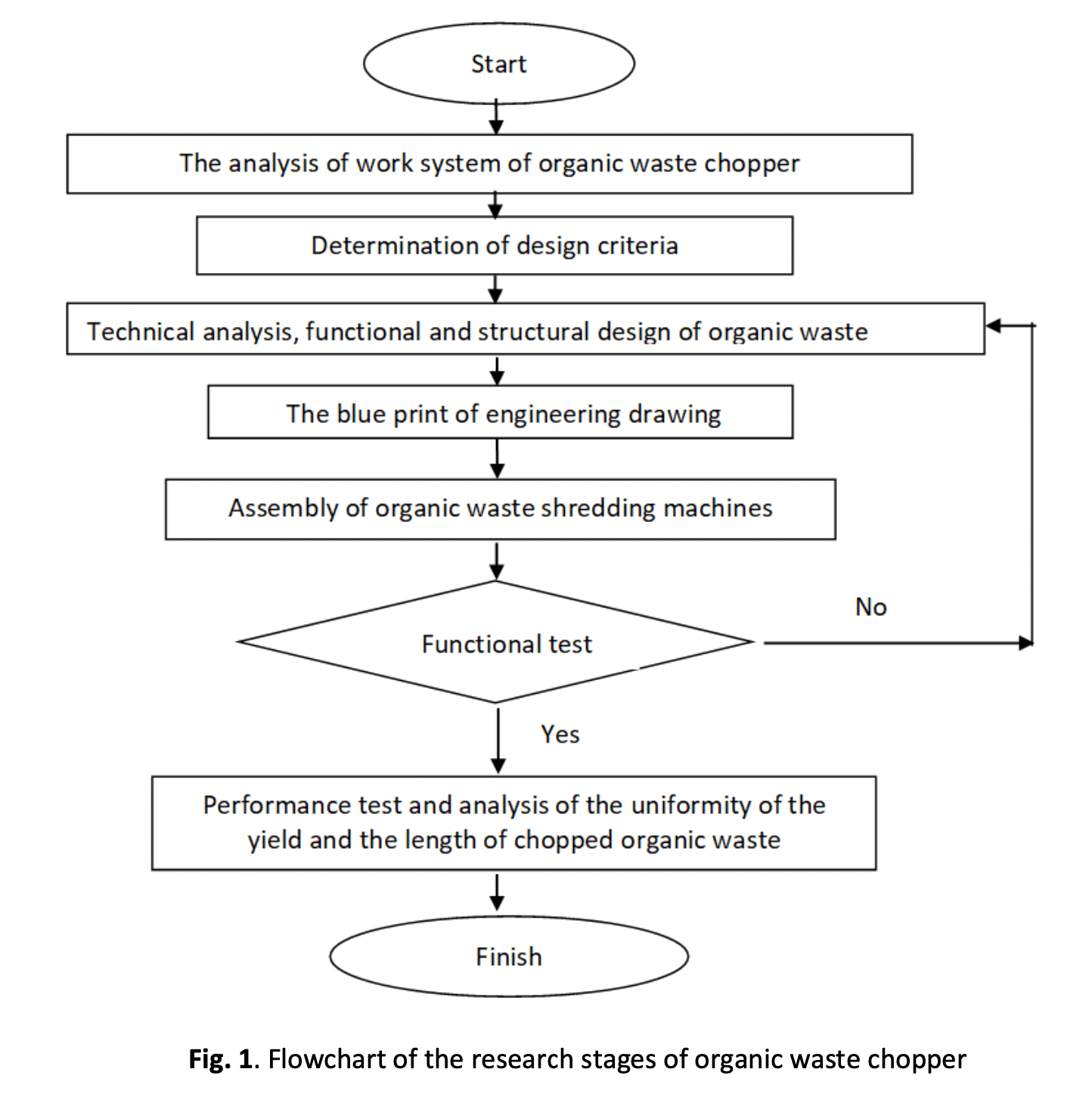A Comprehensive Design and Performance Assessment of a Reel-Type Blade Organic Waste Chopper Machine
DOI:
https://doi.org/10.37934/aram.115.1.166180Keywords:
Design machine, performance assessment, organic waste, chopping machineAbstract
The global issue of organic waste poses a serious threat to the environment and public health. With the increasing production of organic waste driven by population growth and urbanization, waste management systems worldwide are confronted with inevitable pressures. The decomposition process of organic waste generates methane gas, contributing not only to global climate change through the greenhouse gas effect but also posing risks of air and water pollution. The primary function of organic waste lies in its ability to become a valuable resource through recycling and composting processes. The potential use of organic waste as a source of renewable energy through biogas or biomass production also presents promising prospects. The objective of this research is to design a reel-type chopper machine for more optimal waste processing. The research method employed is engineering, involving non-routine design activities to create something new in both process and form. The results of the study show that the designed reel-type organic waste shredder has dimensions of 800 mm in length, 750 mm in width, and 1042 mm in height. The machine consists of four main components: the frame hopper, shredding cylinder, and discharge hole. The chopper machine has a power of 2.2 kW, a chopper capacity of 1 ton/hour, and a cutting length of 2–5 cm. The advantages of the shredded output from this reel-type chopper machine can accelerate the decomposition and fermentation processes of organic waste. The smaller and uniformly shredded particles provide a larger surface area for the activities of decomposing microorganisms. Additionally, reel-type machines are more efficient in processing materials with high moisture levels, such as wet branches or leaves. By ensuring optimal particle size, reel-type machines also enhance the efficiency of composting, as well as the production of compost briquettes and briquettes fueled by organic waste. Therefore, the role of reel-type organic waste shredder machines is crucial in maximizing the value of organic waste, accelerating the recycling cycle, and effectively reducing environmental impact.
Downloads



























